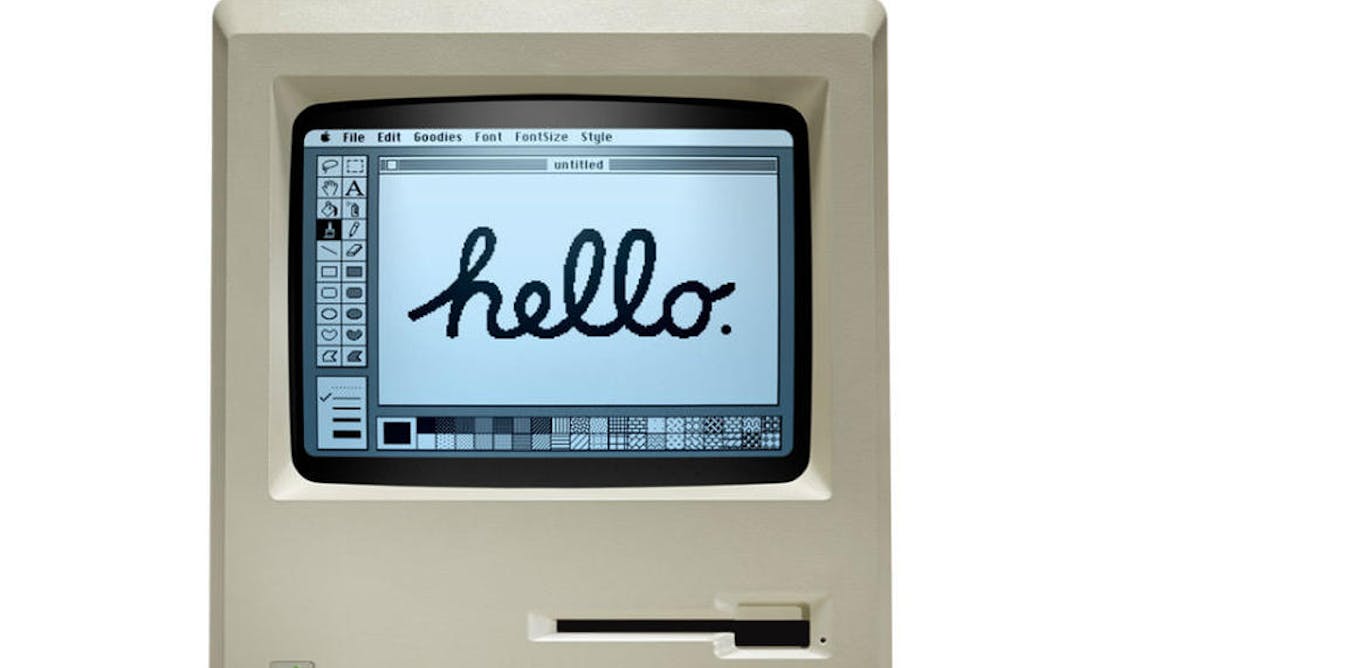
Key Takeaways:
From Vision to Revolution: How Mac Transformed User Experience Forever
Imagine a world where computers were clunky, difficult to use, and lacking any trace of user-friendly interfaces. It was Steve Jobs, with his groundbreaking vision, who saw the potential to revolutionize the way people interacted with computers. In this article, we will explore the fascinating journey of Mac and how it forever changed the landscape of user experience. So grab your favorite drink and join us as we delve into the story behind this transformative innovation.
The Vision that Started It All
In the late 1970s, personal computers were still in their infancy and far from being user-friendly. They required users to have technical knowledge and the ability to navigate complex command-line interfaces. However, Steve Jobs had a different vision altogether. He envisioned a computer that would be accessible to everyone, even those without technical expertise. This was the birth of Macintosh, later known simply as Mac.
Jobs understood that in order to capture the attention of the masses, the design and user experience had to be impeccable. Users needed to feel a sense of ease and delight every time they interacted with a Mac. With this in mind, Jobs assembled a team of brilliant designers and engineers to bring his vision to life.
The Mac Design: Form Meets Function
The design of Macintosh was a striking departure from the traditional computers of the time. It featured a sleek and compact exterior, making it aesthetically pleasing and easily fit on any desk. But it wasn’t just the appearance that set Mac apart; it was the attention to detail in every aspect of its design.
One of the key innovations was the use of a graphical user interface (GUI). This allowed users to interact with the computer using icons, windows, and a pointing device called a mouse. The graphical interface was intuitive and natural, enabling even the most novice user to navigate seamlessly through various applications.
The iconic “desktop” metaphor was introduced, where different files and applications were represented by icons placed on a virtual desktop. Users could simply point and click on these icons to open files and launch applications, eliminating the need for complicated command-line instructions. This revolutionized the way people interacted with computers, opening up a whole new world of possibilities.
Intuitive Software for User-Friendly Experience
While the hardware design of Macintosh garnered attention, it was the software that truly revolutionized the user experience. The team at Mac focused on creating software that was intuitive and user-friendly, from the operating system to the bundled applications.
Macintosh introduced the concept of WYSIWYG (What You See Is What You Get), which allowed users to see exactly how the printed document would appear on the screen. This made it easier for users to create, edit, and format documents without having to rely on complicated commands or codes.
The Mac team also developed the first desktop publishing software called MacWrite and MacPaint, which allowed users to create professional-quality documents and beautiful illustrations effortlessly. These software innovations laid the foundation for the modern publishing industry.
Frequently Asked Questions
What sets Mac apart from other computers?
The Lingering Legacy of Mac
Decades have passed since the first Macintosh was launched, but its impact on the world of technology and user experience lingers on. Mac set the bar high for user-friendly interfaces and continues to influence the design and development of modern computers, smartphones, and tablets.
From the Vision that brought forth the idea to the Revolution that transformed how we interact with computers, Mac has shaped the course of user experience forever. So next time you sit in front of your user-friendly Mac, take a moment to appreciate the journey it took to get here. It may have started with a Vision, but it was the Actions taken that made all the difference.
Source: insidertechno.com